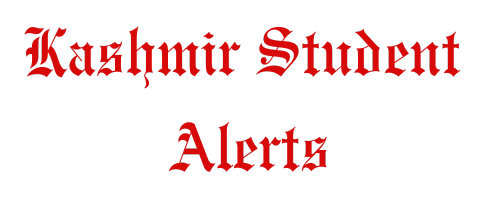UPSC NDA exam: Key points about the written test and the SSB interview
The Union Public Service Commission (UPSC) conducts the entrance examination for the National Defence Academy and the Naval Academy (UPSC NDA) twice every year. The UPSC NDA & NA 1 examination 2024 will be held on April 21 for admission to the Army, Navy and Air Force wings of the NDA; and for the Naval Academy course.
The exam will fill 400 vacancies, of which 208 are for the Army, 42 are for the Navy, and 122 are for the Air Force wings of the NDA and 30 are for the Naval Academy under the 10+2 Cadet entry scheme.
Understanding the scheme and the process is the most important part of preparing for any examination. With the first NDA entrance examination of 2024 approaching, here is a detailed look at the exam pattern, syllabus and selection process.
UPSC NDA exam scheme & selection process
- The NDA exam has two stages – a written examination and an interview round (SSB test). A merit list of the written test will be prepared by the commission and shortlisted ones will appear for the SSB test.
- The written examination has two papers of 150 minutes each – Mathematics (300 marks) and General Ability Test (600 marks).
- The SSB interview (intelligence and personality test) has two stages and carries 900 marks. Only those who clear stage 1 can appear for the stage 2 examination.
- For admission to the Air Force course, candidates will have to additionally qualify for the Computerised Pilot Selection System (CPSS).
Read Also: NVS Recruitment 2024 for non-teaching posts Application form
UPSC NDA & NA 2024: Syllabus
Paper 1 (Mathematics)
Paper 2 (General Ability Test)
Out of the maximum marks assigned to part ‘B’ of this paper, sections A, B, C, D and E will carry approximately 25%, 15%, 10%, 20%, 20% and 10% weightage, respectively.
Intelligence and Personality Test
UPSC NDA exam: Important points about written test
- There will be negative marking in the objective-type papers. One-third (0.33) of the total marks assigned to the question will be deducted for wrong answers.
- For writing and marking answers in the answer sheet, candidates must use black ball pens only. Pens with any other colour, pencil or ink pen are not allowed.
- Any omission/mistake/discrepancy in encoding/filling of details in the OMR answer sheet, especially roll number and test booklet series code, will result in the rejection of the answer sheet.
- Banned items: Mobile phone, pager, any electronic equipment, programmable device, storage media like pen drive, smart watches etc., camera, Bluetooth devices or any other equipment or related accessories capable of communication. Violation of the rule will result in disciplinary action, including a ban from future examinations.
- Candidates have been advised not to bring these banned items or any other valuable items to the exam venue as the commission will make no safe-keeping arrangements.
- Items allowed: Clipboard or hardboard, a good quality black ball pen. The invigilator will supply Answer Sheet and sheet for rough work.
UPSC NDA exam: Important points about the SSB interview
- The personality of a candidate will be assessed by three different assessors: the Interviewing Officer (IO), Group Testing Officer (GTO) and the Psychologist.
- There will be no separate weightage for each test. Assessors will allot the marks after taking into consideration the performance of the candidate holistically in all the tests. All these have equal weightage.
- The various tests of IO, GTO and Psych have been designed to bring out the presence/absence of officer-like qualities and their trainability in a candidate.





